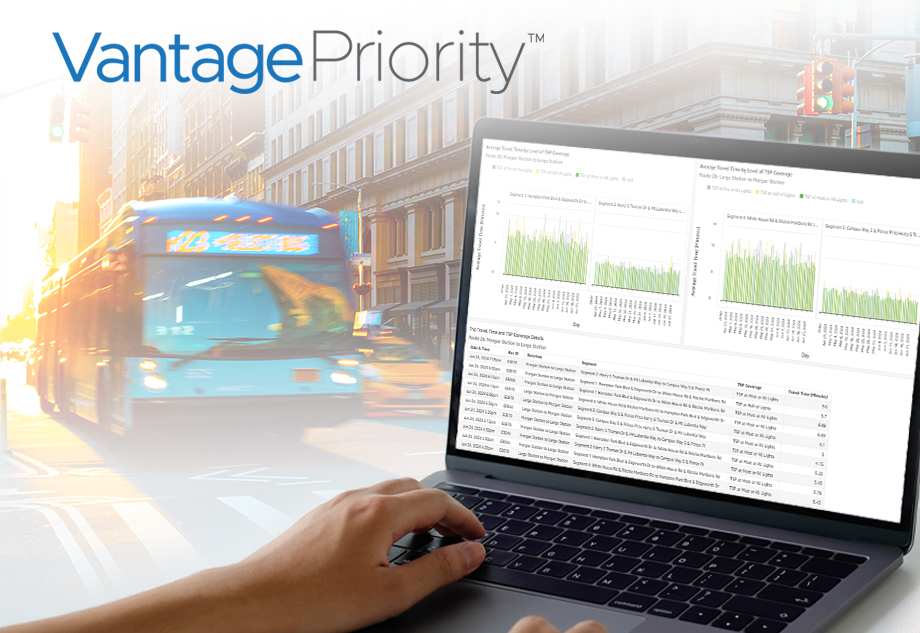
Listen Back to Congestion Mitigation Using Connected Vehicle Signal Priority

Listen as we walk through a real-world application of connected vehicle signal priority to mitigate congestion for the California Energy Commission and the Port of San Diego Freight Priority System.
Iteris' Frank Provenzano will share how a Freight Signal Priority (FSP) system utilizing the BlueTOAD travel time and connected vehicle management system with the BlueARGUS traffic data analytics software can provide the foundation for an integrated safety and mobility strategy. This presentation will also demonstrate how transportation agencies can quickly realize congestion management benefits.
In this webinar, you will learn how to:
- Manage travel times using before-and-after studies, as well as travel time reliability and origin/destination studies
- Analyze vehicle stops to reduce carbon emissions
- Monitor authorized connected vehicles to determine peak-hour roadway usage
About the Author
Connect with Iteris Staff on LinkedIn
 X
(Twitter)
X
(Twitter)
 Facebook
Facebook LinkedIn
LinkedIn Copy
Link
Copy
Link Email
Email

